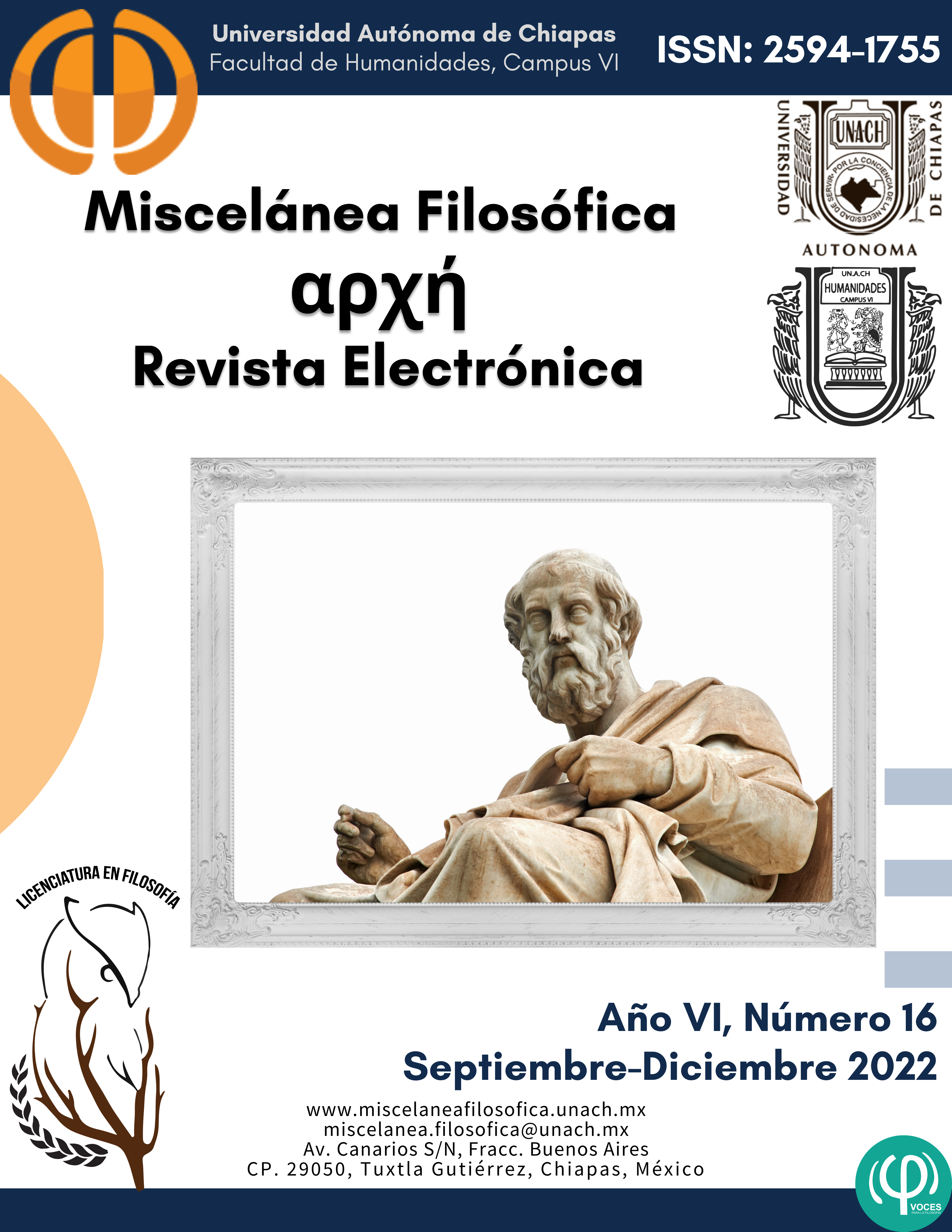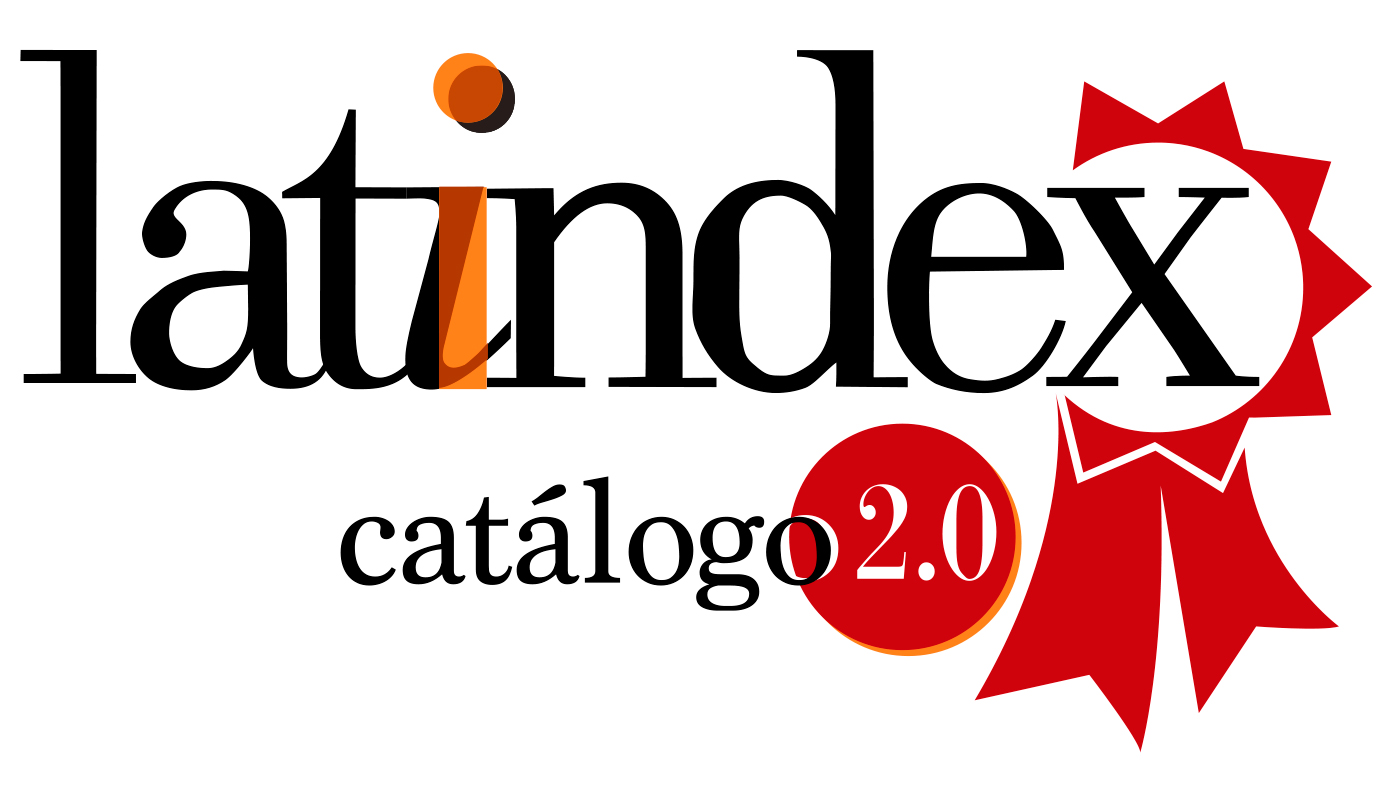Sing Language
a communication problem for academic training at the Autonomous University of Chiapas. A case study
Abstract
This text shows the role of communication in the teaching-learning process as one of the main factors involved in the educational world, both inside and outside the classroom; Education is, above all, a process of communication and socialization of the individual, therefore, the importance of it occurring correctly and efficiently must be kept in mind.
The Inclusion of the Deaf in Higher Education arose in order to generate an analysis of the processes of inclusion of deaf people in education, particularly in university life, which ranges from raising awareness of the entire hearing community to transformation of institutional educational projects.
In the case of the silent Mexican community, Johnson and Erting (1989) are some of the researchers who have meticulously treated the subject; in the case of the deaf ethnic group. In the educational field, the teacher has authority over the student, and control of the final result of the didactic process, which is materialized in the final grade, and which undoubtedly conditions the entire communication process, access to sign language, in areas such as education and public services, is essential for the human rights of deaf people in the silent community for deaf people, access to sign language is key to breaking down communication barriers and being able to participate in society as anyone another person.





